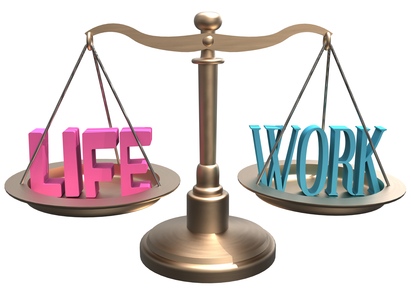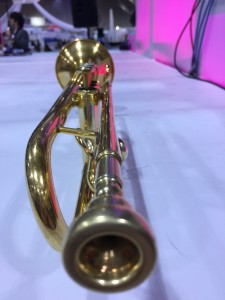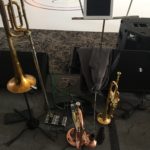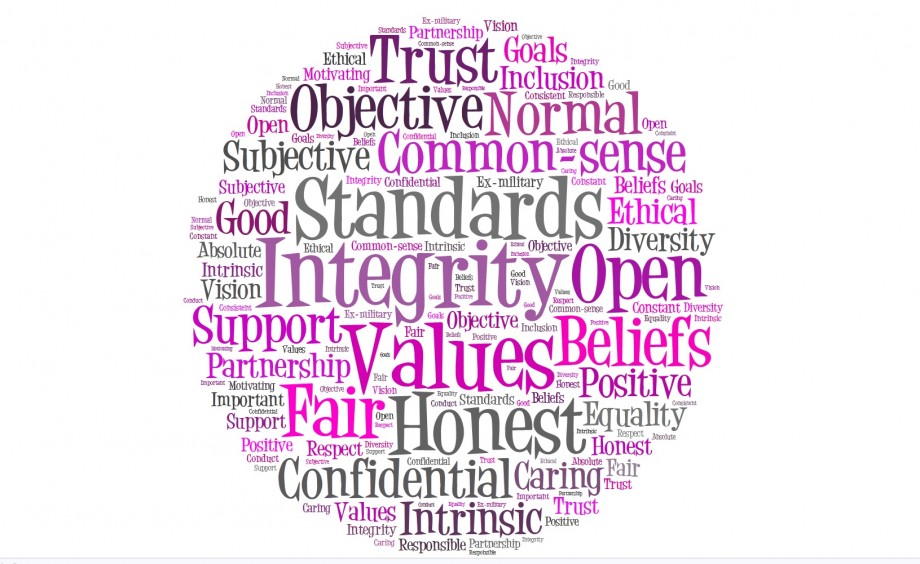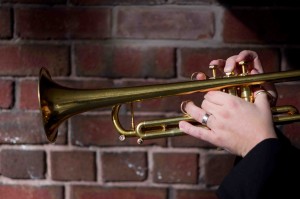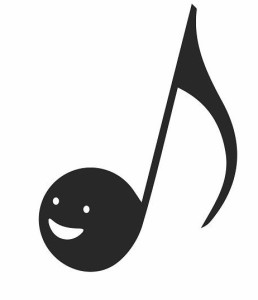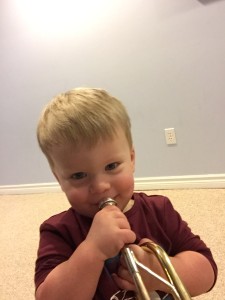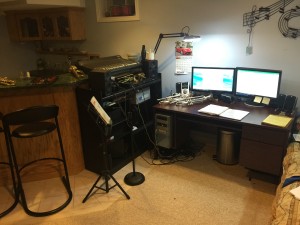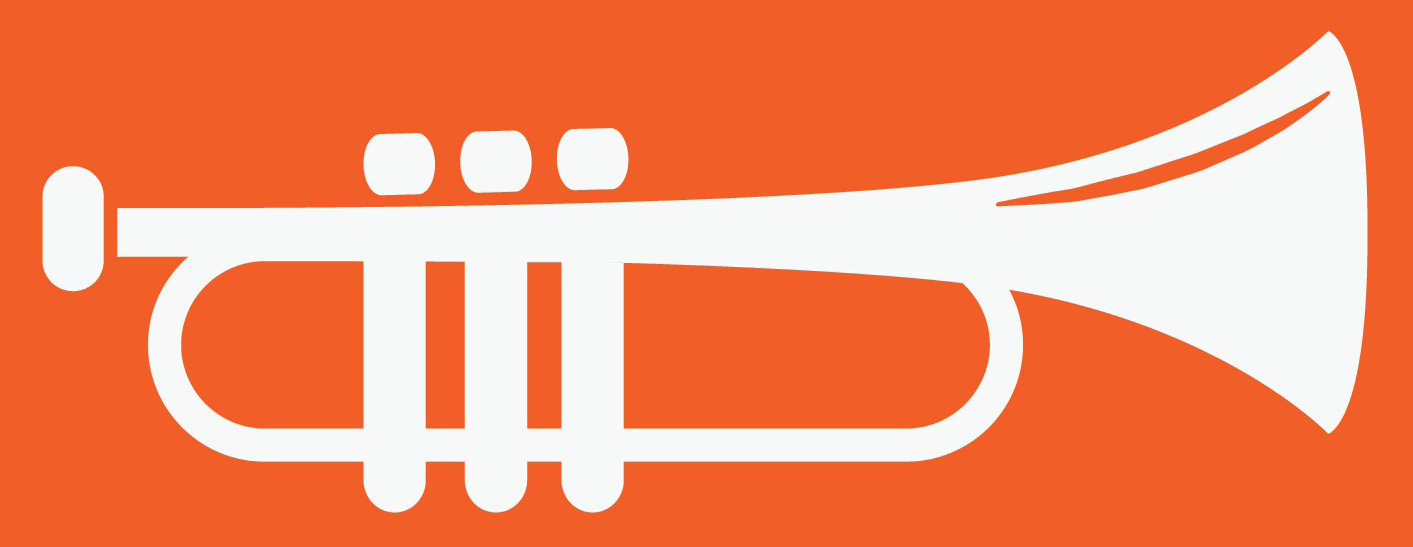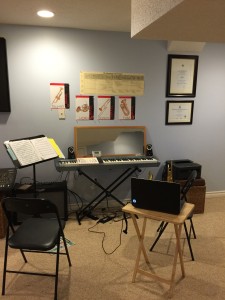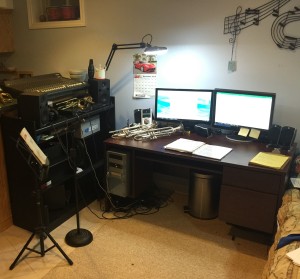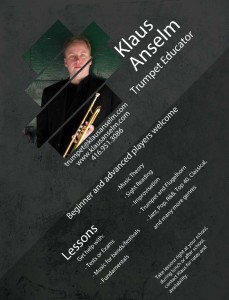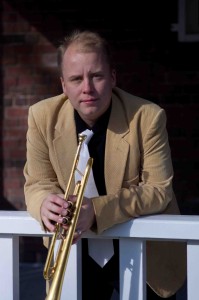It’s been a little bit short of year 1 for me in the music business as a full-time musician. I am writing this blog to reflect on my career change and how things have developed in 525,600 minutes (or 525,960 to be precise).
There are several topics that come to mind when reviewing the year. I have listed them below.
To social media or not to social media
I noticed that there seems to be a divide amongst musicians with regards to how to use social media. Some musicians seem to be regular bloggers, facebook posters, and twitter-ers(?!). The question that came to my mind early was how to use social media effectively to get my brand out there and stand out amongst all the other brands without coming across as someone that says “Hey, look at me, look over here, see what I’m doing!!!!!”
On one extreme there seem to be musicians that post about every aspect of their life. Opinions on everyday social events and circumstances, gigs they are doing, how many gigs they have done, awards won, the colour of shirt that should be purchased, how lame this is, how awesome that is and so on. At first I wanted to see what reactions were like if I was more like this, so I started a twitter page, Instagram, was more active on facebook, and put out semi-regular blogs. This was the first half of the year.
For the second half of the year, I was a bit less active on social media. This is to experience the other side of the social media position, which is that social media while nice to have shouldn’t be an integral part of promoting the brand. If a musician is good or amazing at what they do, the skill alone should carry them (the brand) through their career.
In conclusion, I found that I would likely be somewhat in the middle, but for sure leaning towards the former point of view. I believe that social media is an important tool that musicians who want to get their brand out there need to use. However, it seems that some are better at using this tool than others with regards to maximizing the effectiveness of social media. One item that I for sure can improve on is the frequency at which I put my postings out there as well as recognizing that different social media platforms require different standards based on the trend of those social media platforms. This for sure will be a focus of my second year as a full time musician.
Finances
I have set myself a monthly financial target that I wanted to measure my income by. At the start of the year it was rather slow and I relied on other household income to make up the difference. As the year progressed and I put more effort into marketing strategies as well as search for more revenue streams, the target was very close or exceeded. As I enter year 2, my interest is to see a trend in terms of monthly income from one year to the next. For example, will Jan.2016 look like Jan.2017? If I see a 2 or 3-year trend, I will be able to better plan on how to manage my finances throughout the year. Below is a breakdown of the percentage of my monthly goal I obtained as well as how much of my income was performance, teaching, and other based.
| Month | % of Monthly target income achieved |
| January 2016 | 49.5% |
| February 2016 | 58.45% |
| March 2016 | 47.2% |
| April 2016 | 61.3% |
| May 2016 | 103.9% |
| June 2016 | 83.3% |
| July 2016 | 122.75% |
| August 2016 | 98.75% |
| September 2016 | 117.25% |
| October 2016 | 92.5% |
| November 2016 | 194.13% |
| December 2016 | 102.25% |
78% of my income came from performances
18% of my income came from teaching
4% of my income came from other services, such as ebook formatting, transcribing work, etc.
From a business point of view, I hit 94% of my business plan, which is amazing for a business that’s only been in the market for a year. The question is, do I raise my monthly income target for 2017 or keep it the same? Since I am new to this full-time musician gig, I will likely keep my 2016 targets the same for 2017 to see what trends I can observe. If I notice however that the first 6 months are all at 100% or higher of my business plan, I may choose to increase my targets for Q3 and Q4 of 2017. If I win the lottery however, I likely won’t bother with targets at all.
Trumpet progress
This year my focus was to push my chops ahead with regards to achieving endurance as well as increasing strength. While I still have a lot of work ahead of me, and what serious trumpet player doesn’t feel this way, I believe I have some measurable improvements in my playing. I can for sure more consistently hit notes in my higher register than a year ago. I have spent a lot of time paying attention to my body and finding ways to make playing the trumpet more efficient. I could write another blog on the specifics, however, the number 1 contributor to my development is smart-practice, which of course isn’t a surprise to anyone that does want to achieve a higher level of playing.
Life Balance
While I had the optimistic goal of practicing every day for 240 minutes on top of gigs/teaching, I quickly came to realize that I am no longer at Humber where I can take this time selfishly to focus on what I want. There is no way that I would repeat the unbalanced life style that I had while working a day job and replace it with music. It wouldn’t be fair to my family. While I am finding that there is a certain struggle to achieve work/life balance, I am getting more used to how to properly manage my time. If I don’t have a weekend with a gig, it’s important to appreciate this opportunity and spend it with my wife and son. Currently this is what we’re enjoying as my playing schedule has gone from extremely busy to not busy at all. Also, I am getting used to the need to be self-driven. For anyone that has had a day job, the fact that you are always on the go without having to think about where you’re going is obvious. The switch to a one-person operation makes it important to realize that self-motivation is a key to success in this industry. Just because there is no gig tonight doesn’t mean I cannot do something that will in the long term add to my growth in this industry.
2017 Goals
My goals in 2017 will be similar to 2016 with the addition on focusing on the creative aspect of who I am as a musician. I have always wondered how I can discover my creative voice. I read books, played through exercises, got a degree, but I always felt that I am trying to progress creatively without trying to find my own path to my creative side. It’s good to read books, go to school, and listen to others however, I believe there is a point where one needs to reflect on the information received and determine a means of digesting and perhaps even finding a different way to finding one’s creative voice and indeed learning the language of jazz. This is what I would like to focus on in 2017. I have a few coals in the fire and am hoping that in a few months I’ll be able to share my progress via a life performance.
